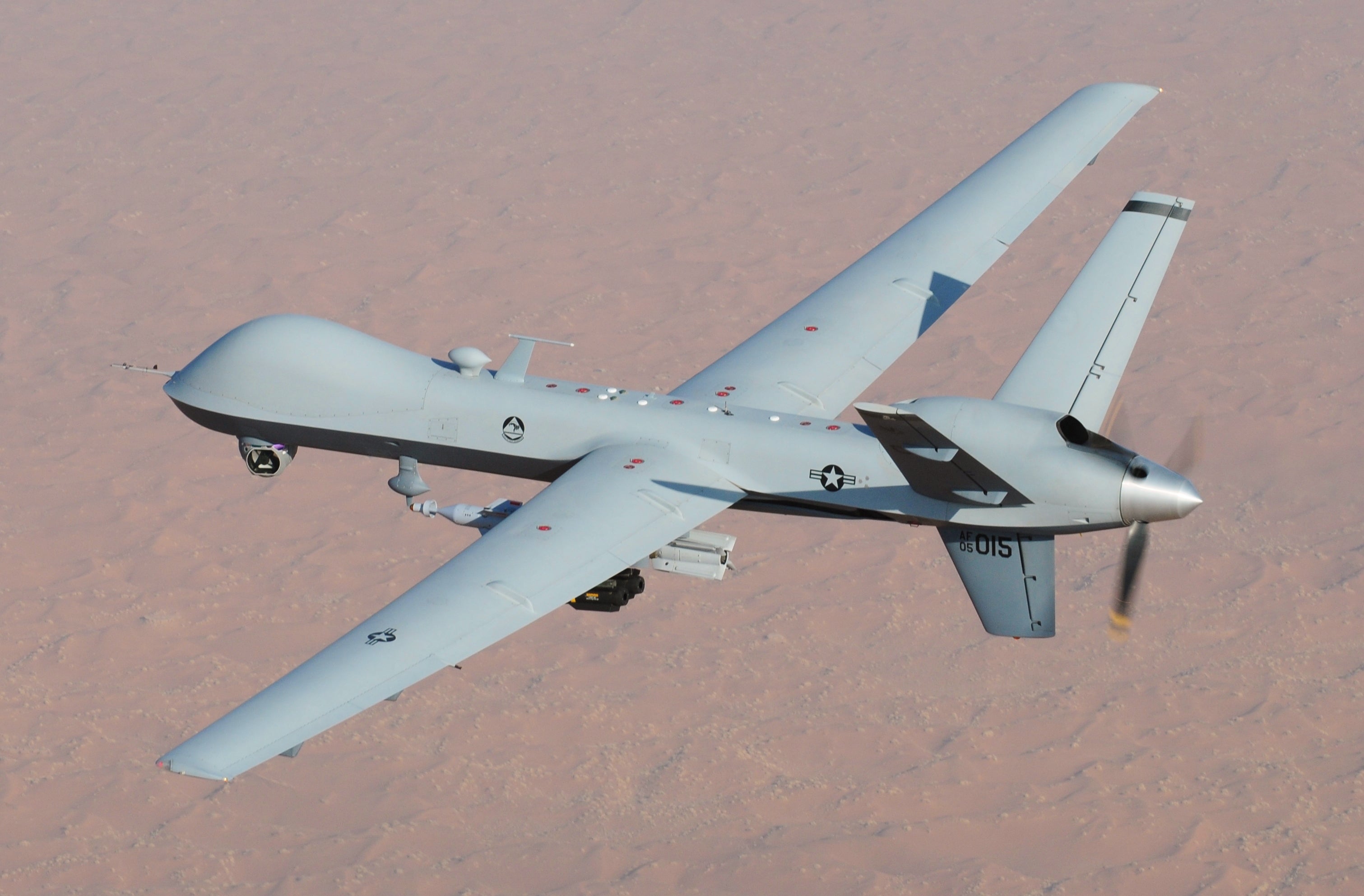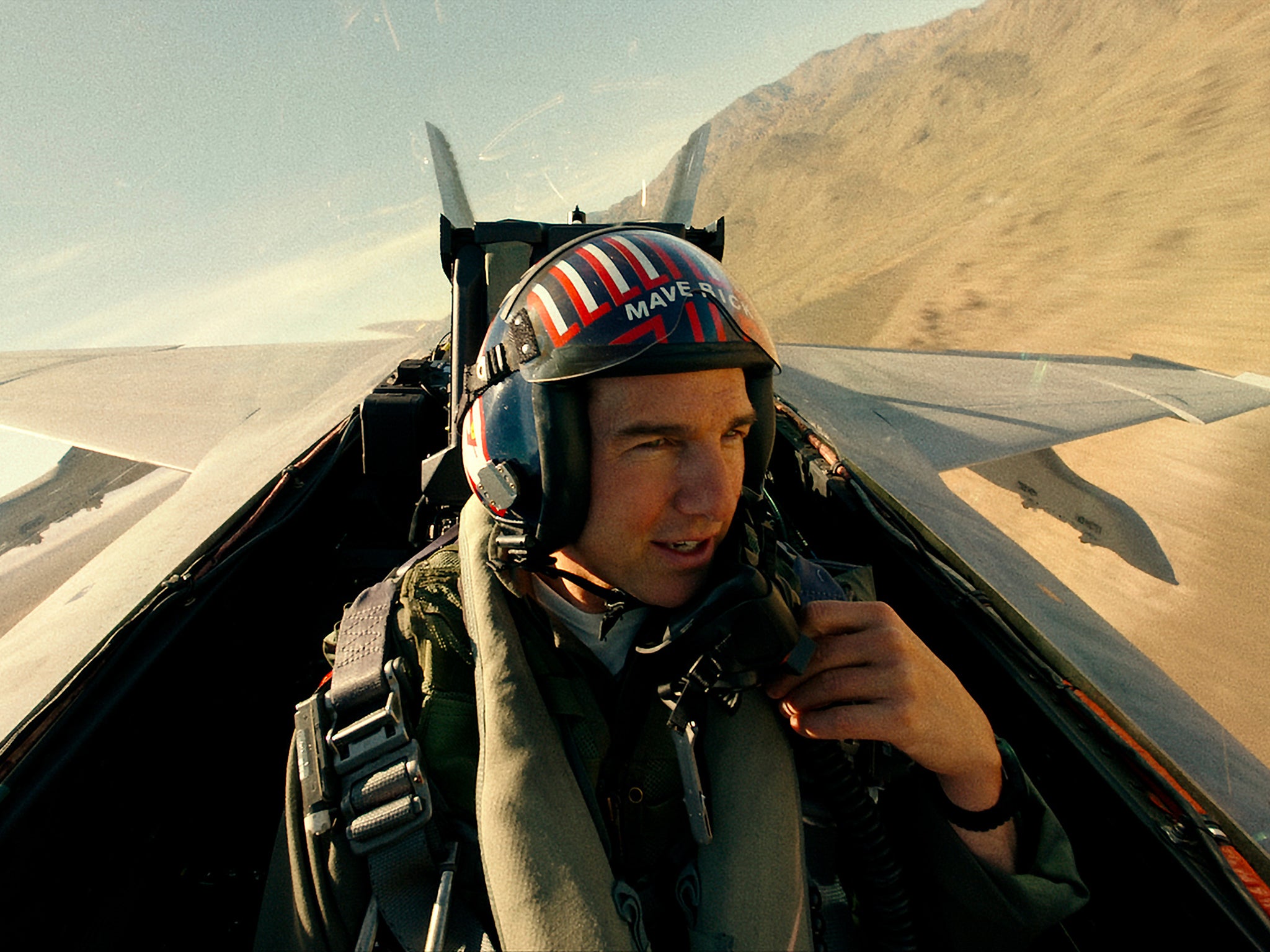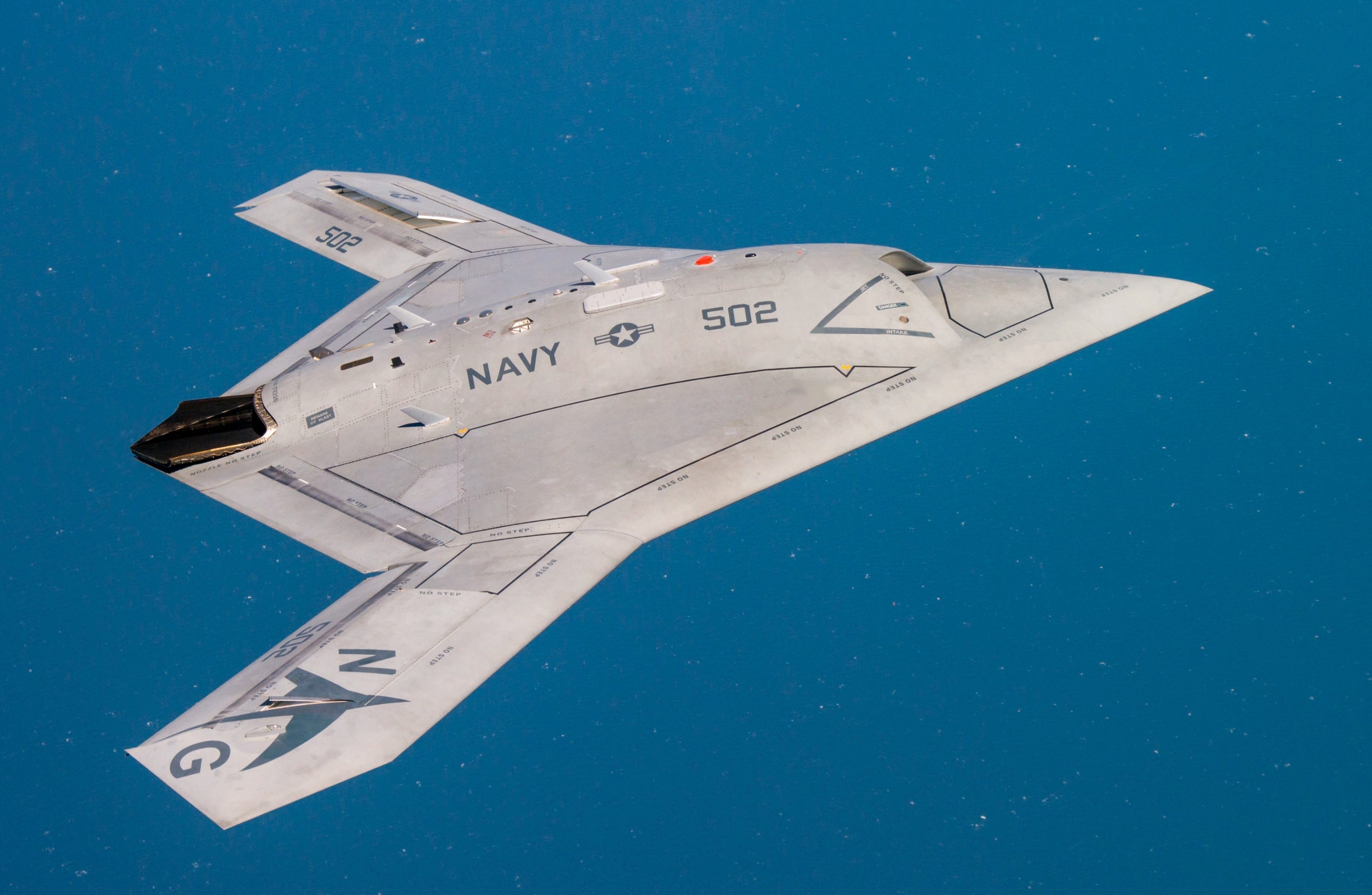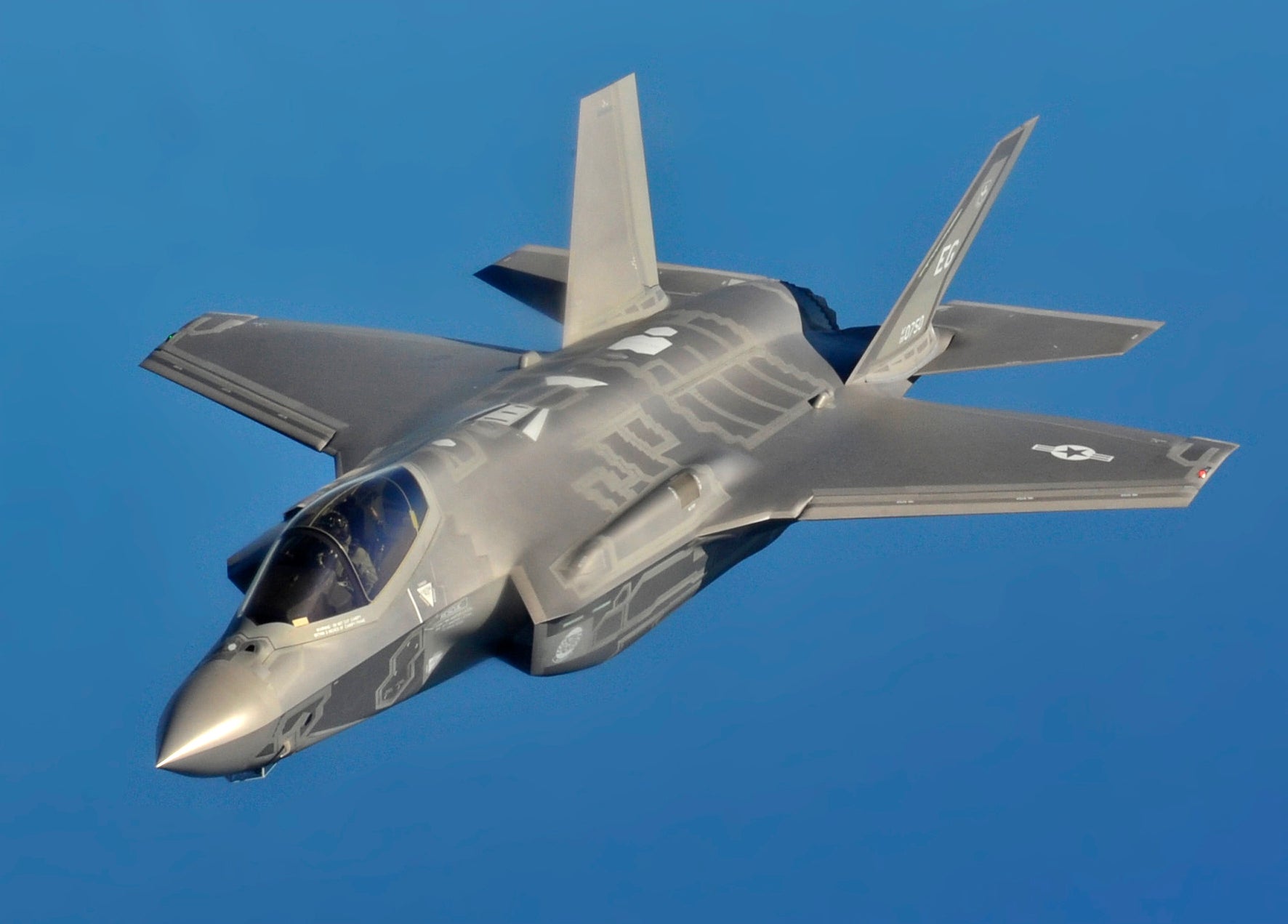The rise of the autonomous fighter plane
Several countries are about to introduce jet-propelled drones which are expected to evolve into fully-fledged robotic fighter aircraft, what will this mean for the future of warfare? Asks Steven Cutts


Over the last few years, many observers in the aviation industry have been impressed by the development of a new, unmanned drone aircraft in Australia. It’s part of a programme known as “Loyal Wingman” and it looks set to change military aviation forever.
At first sight, the Australian development is nothing new. The well-established American-made “Reaper” is an unmanned ground attack aircraft that has long been operated by the United States and its allies. It was credited, for example, with a series of successes in recent counterinsurgency operations in Iraq and Afghanistan. The Reaper is a propeller-driven machine with a really quite modest speed of 450km/h. This sort of capability is fine for counter-insurgency warfare, but Reaper would struggle to survive in a more hostile aerial environment.
The next generation of drone aircraft, then, is likely to do better. Several countries are about to introduce next-generation, jet-propelled drones which are expected to evolve into fully-fledged robotic fighter planes.
“Ghost Bat” was first revealed at the Avalon Air Show as an engineering mock-up in 2019. It is the first Australian aircraft to be developed domestically since the Second World War. The project is a collaboration between the Royal Australian Air Force and Boeing Australia. The British company, BAE Systems is also closely involved, specifically in the computer and instrumentation side of the system. Incredibly, Boeing Australia has taken the Ghost Bat prototype from the design stage to the first test flight in just three years – extremely fast by modern standards. It has a single jet engine and this will enable it to cruise at subsonic speed but its performance, overall, will be more limited than a fighter plane and it won’t be able to dramatically accelerate or perform a sudden climb. Also the endurance of the Ghost Bat is unlikely to be much more than four hours.
But both Ghost Bat and its international rivals are much more than radio-controlled toys. They use Artificial Intelligence to enable them to take some decisions autonomously. According to the Australian government, this would not include the authority to open fire with live ammunition since decisions of this kind are still associated with considerable ethical and political risk. If a drone using AI kills people on the ground, who is responsible? The software designers? The government that commissioned the machine? This has long been the subject of science fiction, for example, the dystopian nightmare of the Terminator franchise.

Since AI has yet to surpass the human intellect, there will still be some tasks that an autonomous aircraft might struggle to fulfil, but AI comes with many advantages too, some of which were highlighted by Ed Harris’s Admiral in the recent Top Gun movie. In his summing-up speech, Harris reminds the central character: “The end is inevitable, Maverick, your kind is heading to extinction.” When a computer chip replaces a pilot there is no risk of fatigue, panic or overconfidence, all problems that seem to afflict the characters in the Top Gun flight school. Such problems make the movie more interesting, but if they impede the fighting of a war then they aren’t going to last much longer.
One of the innovations of the Ghost Bat system is the introduction of a modular design. Once on the ground, the nose section can be changed by ground crews quite rapidly with each nose section offering a different role. It has also been designed to fly alongside manned aircraft as part of a team.
There has long been concern that in the event of a serious war, an opponent would attempt to destroy most or all of the Australian and allied airfields in the continent making it difficult for the Royal Australian Airforce to operate conventional aircraft. One of the strengths of the Ghost Bat project is the ability to take off and land on relatively short airfields thus enabling the Australian government to maintain an aerial presence even in the aftermath of a major attack on its bases.

Meanwhile, some drone aircraft have already been adapted for inflight refuelling tests. Such is the vastness of the Australian continent and also the Indian and Pacific oceans that the RAAF is likely to project air power over vast distances, therefore requiring air refuelling capabilities. The Australian Airforce has invested heavily in Airbus air-to-air refuelling aircraft, but there is increasing concern that large aircraft, like the Airbus airborne tankers, would be a prime target for an enemy military. Small, unmanned aircraft carrying emergency fuel that might be absorbed by manned aircraft might just be able to keep the RAAF in action over the Indian Ocean.
Other nations have similar projects at various stages of development. Kelley Aerospace of Singapore is also developing an autonomous jet-propelled aircraft. Its aircraft has a carbon fibre shell which would help to minimise its visibility on radar. Singapore is understood to have received considerable interest in an export version of their machine.
Machines such as the Ghost Bat are likely to fly in close formation with manned fighter planes such as the F-35, massively increasing the number of machines in the air
An American version of the same concept can be launched from a small sledge and is suitable for reconnaissance or surveillance operations. It can also release smaller unmanned drones that can in turn be used to penetrate even deeper into enemy territory. The Northrop Grumman X-47 B is an American unmanned military vehicle with a proven ability to take off and land from an aircraft carrier. Like its Singaporean rival, it is essentially a tailless aircraft which ought to further reduce its profile to enemy radar. A single jet engine enables it to fly at speeds of up to 1100km/h and it is believed to carry a payload of up to two tonnes. Like most carrier-based aircraft, the X-47 B has folding wings to enable easy storage below decks in the cramped conditions of a ship.
One of the fundamental themes of aerial combat is attrition. How many aircraft can an air force afford to lose on each mission? Lockheed Martin’s traditional (manned) F-35 fighter plane is an American-made aircraft which is now in the process of winning every export competition for which it is entered. But the F-35 is immensely expensive and in the event of a shooting war, it is not inconceivable that some governments might become reluctant to commit their aircraft for fear of losing them.
If each individual aircraft is coming in at a lower cost, then it ought to be possible to put more aircraft in the sky for the same price. In the closing stages of the Second World War, Joseph Stalin famously stated that in all-out war, “quantity has a quality all of its own.” Such brutal logic is likely to hold sway over the battles of the future too. By some calculations, jet-propelled drones may be able to get airborne for as little as $2m. In contrast, one F-35 will set you back over $100m. The cost of an individual aircraft is going up all the time. And that’s before we start asking how much we’d be prepared to pay for a pilot.
Machines such as the Ghost Bat, meanwhile, are likely to fly in close formation with manned fighter planes such as the F-35, massively increasing the number of machines in the air for less cost.

One role suggested for next-generation drone aircraft is that of a decoy target for any adversary their manned accomplice might encounter. From a distance, it might be difficult to distinguish between a manned aircraft and an unmanned wingman. Since one air-to-air missile can only destroy one target, a pilot who surrounds himself with several decoy aircraft has a much lower chance of being hit. Up until now, this task has been performed by flares that burn at the same temperature as the jet engine. Flares of this kind feature strongly in the recent Top Gun movie and are designed to confuse heat-seeking missiles. Exactly why infra-red flares would be effective against an enemy that is already known to rely on radar-guided missiles is an issue that the producers fail to address although many flare systems also release “chaff” that creates a false radar signal around the primary target.
However, this is all in the future. As things stand now, drone aircraft being used for close support and reconnaissance by ground forces are often smaller than a large bird and almost impossible to spot on visuals. By military standards they are also incredibly low cost and when they are lost, they can be easily and quickly replaced.
At one of the defining battles of the first Vietnam war, Dien Bien Phu, the French army found itself surrounded by artillery firing from a superior position. Unfortunately, the French had made the mistake of occupying an airbase that was surrounded by mountains, all of them accessible to the Viet Minh. Once the Vietnamese had occupied a suitably high vantage point they could see where each and every cannon shell landed. It didn’t take long for the French airfield to be disabled.

At the time this was seen as a major error of judgement by the French, but vulnerabilities of this kind soon became the standard for ground forces everywhere. The ability to fire from a superior position is now available to almost any army in the world, thanks to the ready availability of hand-launched drones and onboard webcams. Zonal artillery is likely to become a thing of the past – thanks to drones from now on it will only be precise.
For some observers, the elimination of the human pilot from military aviation might seem to make governments more inclined to go to war. Body bags returning from distant foreign lands have never been popular in a democracy, and in modern times many politicians in the west have become wary of sending their military personnel into harm’s way.
The large-scale introduction of such systems may have implications that go beyond the technicalities of aviation practice. Will technology of this kind lower the political threshold for declaring war or at least attempting some sort of military action against a distant opponent? The firing of cruise missiles has dominated American policy in this field since the first Gulf War in the early 1990s. It’s true that cruise missiles may be unmanned but it’s true also that they represent a single-use weapons system and by implication they are expensive. Machines like Ghost Bat will be much more affordable.
Military aviation is an immensely expensive business and the cost of operating a peacetime air force remains a major burden for taxpayers all across the western world. It doesn’t really make sense for each and every country in the western alliance to design and build its own autonomous fighter plane. Some of America’s allies may be wary of total dependency on the United States but in the end, joint projects are far more cost-effective.
Much has been made of the domination of the F-35 in recent fighter plane deals and the assembly lines for the British Typhoon are visibly disappointed, but 15 per cent of the components in every F-35 are made in the UK and the British aerospace industry looks set to do nicely out of the recent wave of F-35 export contracts. Perhaps we really should be doing the same for the next generation of drones too.
Join our commenting forum
Join thought-provoking conversations, follow other Independent readers and see their replies
Comments



Bookmark popover
Removed from bookmarks